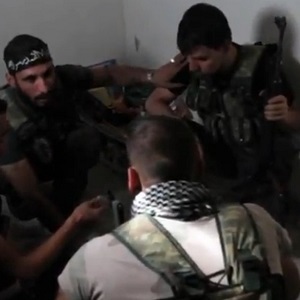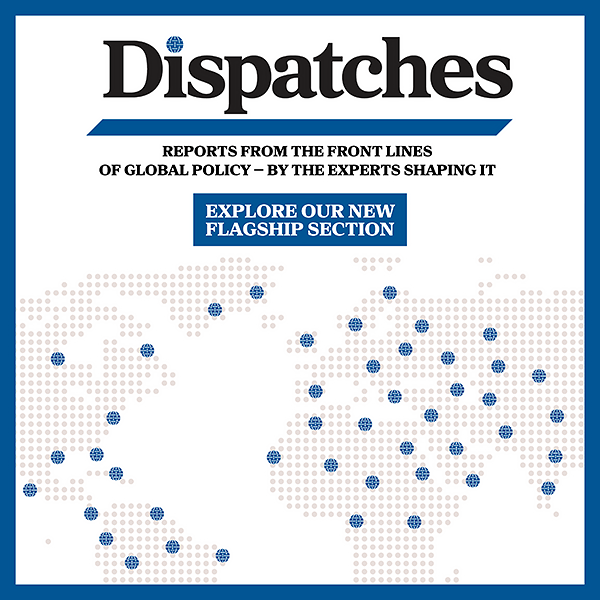This infographic below represents data collected on armed groups in the northwestern provinces of Aleppo, Idlib, Latakia, and Hama as of May 2016. The data is compiled from the Carnegie Endowment, Carter Center, Institute for the Study of War, Clarion Project, archicivilians, and contacts in northern Syria.
When collecting the data, it was important to ask what dimensions are relevant for analysts, practitioners, and donors. The most difficult factor was how quickly the information changed, making the information in older reports less reliable. It became clear during the research that the armed groups are evolving entities. In the early days of the war, they were mainly small groups formed with the intention of protecting anti-regime demonstrations. As the war evolved, the groups grew in size, with smaller groups banding together as they sought to better fight the regime and compete with other armed groups. Even the groups’ ideology changed dramatically as subunits joined and left, military commanders were killed or replaced, and donors changed. The change in ideology was so great that, at times, funders that had once refused to work with some groups began funding them. The change in ideology shows that these groups are not fully formed political entities, and that ideology is at times as much about public appearance and courting funders as it is about any set of ideals.
Another challenge in collecting the data is that much of this information is not public knowledge. Modern technology has led to a plethora of media on the Syrian civil war, but there are still significant gaps in the available body of knowledge. Armed groups do not publicize who their donors are, even though some of them, such as the United States’ support for the Kurdish-dominated Syrian Democratic Forces, have become well known. Aid can also go through intermediary bodies, such as the Müşterek Operasyon Merkezi (MOM), a joint operation center through which funders transfer funds and lethal and non-lethal aid to armed groups in northern Syria, which further clouds who is funding who.
The infographic below sheds light on where armed groups operate, who some of the main funders are, and what some of the main traits used to categorize groups are.
Click here to view the infographic on Atlantic Council’s interactive multimedia website.
Reema Hibrawi is a program manager and analyst at The Syria Institute (TSI), managing operational processes as well as researching military and political developments on Syria. She has published and contributed to analysis at the Atlantic Council, Huffington Post, Wikistrat, and the Journal of Political Inquiry.

